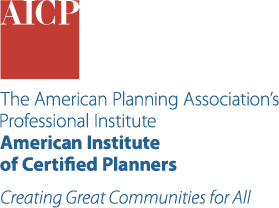Increasing Gentrification and Displacement

About This Trend
A confluence of factors, including housing cost and availability, is driving housing displacement in cities across the country. Involuntary displacement due to gentrification often leads to a decrease in racial, ethnic, and economic diversity. This loss of diversity can limit a city's economic resilience and potential for economic growth. Planners play a key role in supporting communities that are at risk of gentrification and displacement. Understanding the effects this has on communities plays a vital role in building resilient, sustainable, and equitable communities.
Gentrification is often a byproduct of economic development, particularly when planning efforts do not aim to mitigate its effects or promote diversity. While economic development can raise property values and bring new opportunities to historically disinvested communities, it often leads to increases in property values and housing costs. This reduces affordability and forces out existing residents, many of whom are Black or Hispanic, excluding these individuals from the benefits of improved services and infrastructure. This presents a significant challenge: how can communities achieve economic development without the displacement of existing residents? Solutions planners should consider are anti-displacement policies and strategies, inclusionary zoning, rent control, community benefits agreements, and community land trusts, which have shown promising results in addressing this complex issue.
Trend Category:
Housing
Timeframe: Act Now
As Seen in APA's Trend Report
Related Publications
Related Knowledgebase
Related Trends




